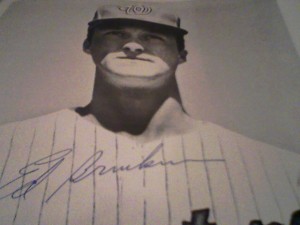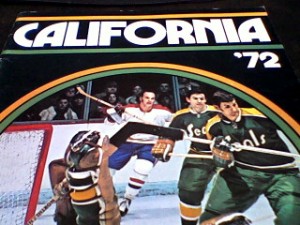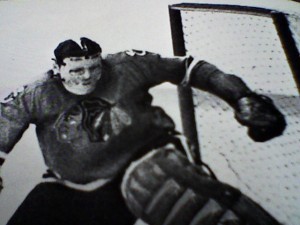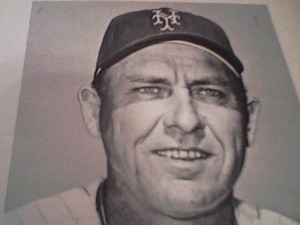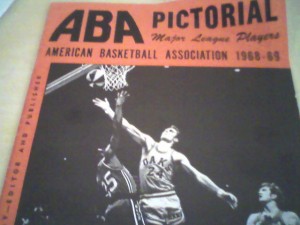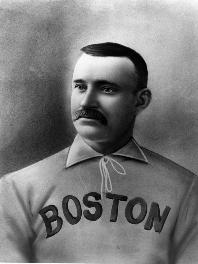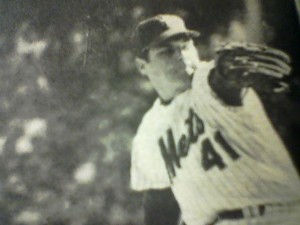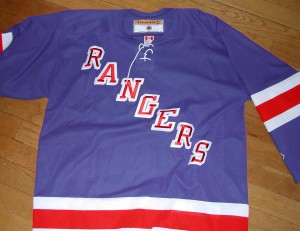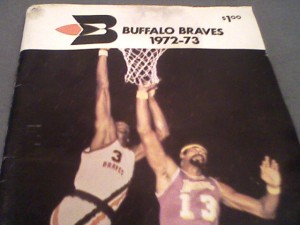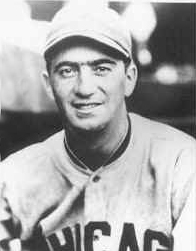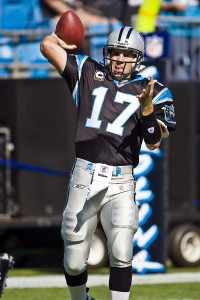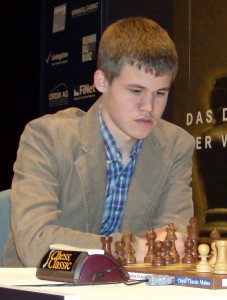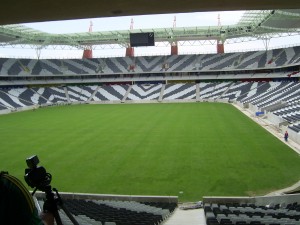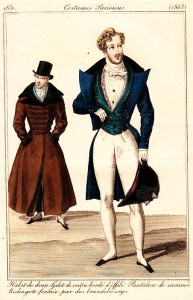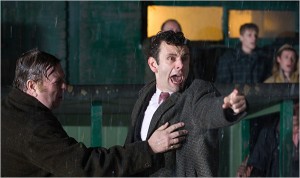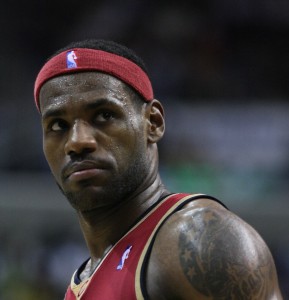I briefly got my grimy, grubby hands on a baseball yearbook for the 1968 Washington Senators. It cost a buck back in the day. The 1961-1971 Senators (who moved to Texas and became the Rangers after the 1971 season), were a consistently. Although the yearbook claimed that the Senators had “the confidence that comes from knowing that you have the talent and skill to win ballgames,” the team ultimately finished in tenth place that year with a 65-96 record. I suppose the efforts of pitcher Bill “GoGo” Gogolewski and his ilk were not enough to make a dent in the standings.
Whoever originally owned this yearbook got one Senator to autograph his photo: the slick-fielding, weak-hitting shortstop Ed “Wimpy” Brinkman. What the yearbook couldn’t have anticipated was the historical event that occurred right before opening day and caused Brinkman to miss more than half of the 1968 campaign. An excerpt about Brinkman and his abbreviated season from his 2008 obituary in USA Today:
“Eddie Brinkman, a record-setting shortstop during a 15-year career in the majors and a former high school teammate of Pete Rose, has died.
The former Washington Senators and Detroit Tigers infielder, who was 66, had heart problems, according to The Washington Post. He died Tuesday in his hometown of Cincinnati.
The Ohio native spent his final 17 years in baseball as a coach and then scout for the Chicago White Sox before retiring in 2000.
Brinkman made his big-league debut at 19 in 1961 with Washington and played in an era when shortstops were known for their gloves, rather than their bats. He had career-best seasons came under Senators manager and Hall of Famer Ted Williams, who helped him bat .266 in 1969 and .262 in 1970.
Brinkman missed much of the 1968 season while serving in the National Guard. A week after the assassination of Martin Luther King Jr., Brinkman was stationed in the left-field seats on opening day in Washington.”
More Miscellaneous Media:


